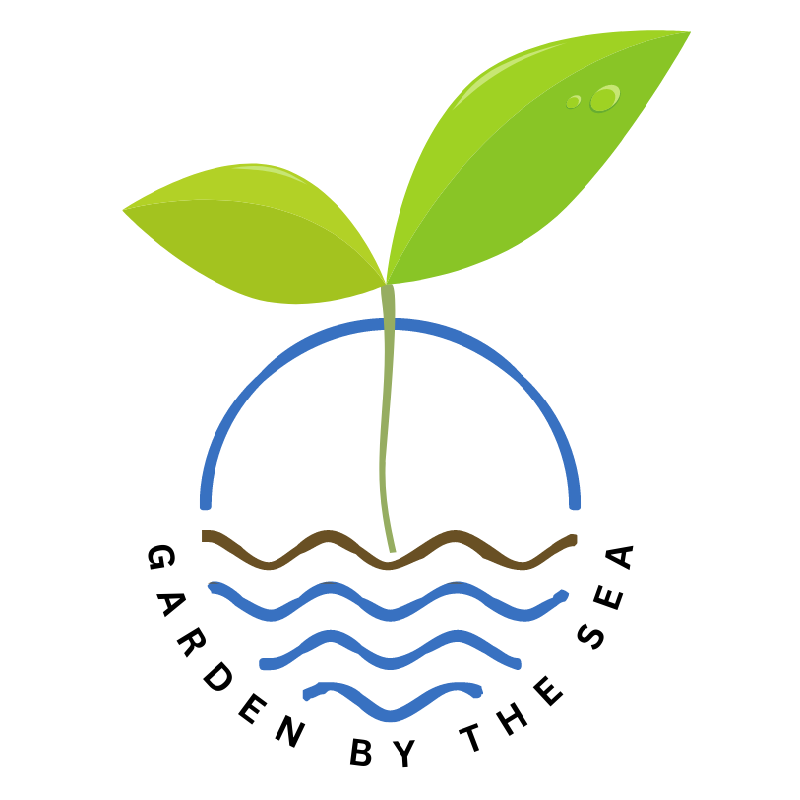While Winter Gardens Sleep, Gardeners Plan:
Winter gardens sleep, but they sleep well only if you have prepared them for bed. In Ocean Shores, it never really gets into a cold, deep winter, allowing some gardeners to plan for a winter crop in their vegetable gardens.

When my last harvest is in, I cut off the remaining plants and put them in the compost pile. This year I am trying the “leave the roots in” method. The roots will decompose, leaving nutrients for next year’s garden as well as leave little channels for drainage and air circulation. When it rains a lot, not only are nutrients washed away but the soil can become compressed which tends to destroy its texture. So, I’ll see how this method works.
Winters here are really wet, windy, and cold (Cold to me is 45o and below, although my cousin in Kansas, laughs at me for that!). The total yearly rainfall here in Ocean Shores approaches 74 inches, with most of that falling November through February. That’s a lot, considering that Seattle with its reputation for rain only gets about half that. Average low temperatures for the winter rarely get at or below freezing and the highs hover just a bit below 50o.
Other good things to do to prepare your garden for winter are to sprinkle a little lime over the top, and cover with a thick layer of compost or mulch. (Even if you’re late and haven’t done that yet, it can still help. You’ve just let your garden stay up a little later than it should!) The lime raises the pH to make the soil more alkaline. All the rain we have tends to wash away so many nutrients that the soil becomes acidic. The alkaline lime makes the soil better for most annual plants, especially vegetables. The layer of compost or mulch helps to protect the soil while adding nutrients.
OK, so the garden is “sleeping” and it’s time to order seed catalogs and check online garden sites. What kind of gardening (or plants) are you interested in? I lived in Polynesia for a while, and gardeners there divide plants into Useful and Not Useful. To be Useful a plant must be edible, medicinal, or beautiful. Now that’s a gardener’s way to categorize plants! I find that more helpful than our Western botanist’s divisions of the Plant Kingdom.
Last year and for most of my previous years, my annual garden was almost entirely edible. So, the seed catalogues that arrived in my mail are mostly for vegetables. If you’re just starting, do a Google search for “vegetable seed catalogs.” This year I’m going to focus on “beautiful” plants and experiment with a few “medicinal” ones.
Most of the flowers I have in my garden now are perennials. That’s because they make less work in the garden. Beautiful annuals are new to me. Fortunately, my vegetable seed catalogs have some annuals in the back to get me started. So, I’ll start a new gardening adventure.
Here in Ocean Shores, what’s the biggest difficulty for gardeners? Yes, that’s right: the DEER. Not paying any attention to any “Deer Resistant” list anywhere, Ocean Shores deer eat just about any and everything. What they don’t eat, the young bucks destroy rubbing the fuzz off their antlers. Resident gardeners have lots of suggestions for tackling the problem, the best of which seem to be fence.
We have a great resource for gardeners here in the Garden by The Sea, our local community garden. Come visit in person behind the Galilean Retreat Center, 824 Ocean Shores Blvd. No deer has ever entered the garden. Be sure to keep it that way by securely closing the gate behind you on visits. Get ideas for setting up your own garden and what to grow or rent one of the 32 raised plots ($25 a season.)
Come to the Garden’s Annual Opening. Get advice from experienced Ocean Shores gardeners. Buy plants and seeds. Rent a plot. Learn about soil, pests, and growing tips. Discover upcoming activities. Enjoy refreshments. Free. If you don’t want to wait until then, contact: Karen Young via email at karen@GardenByTheSeaOceanShores.org to send us a message.
This article was originally printed in The Ocean Observer, February 2018.



